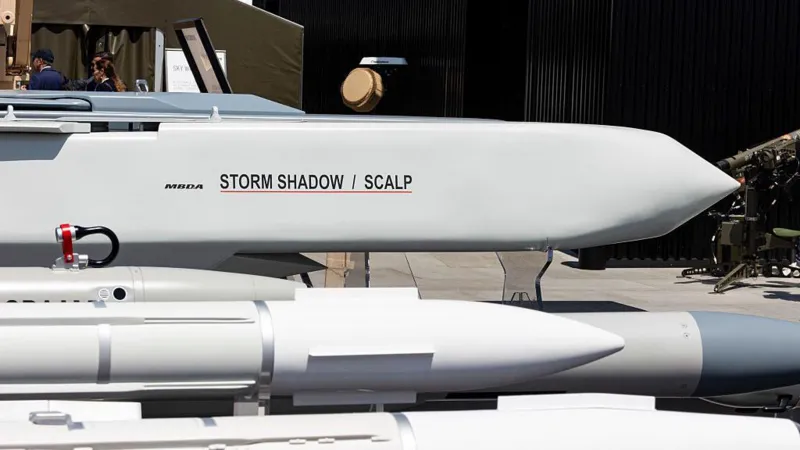Ukraine’s armed forces confirmed on Tuesday that they had struck a Russian chemical facility using UK-supplied Storm Shadow missiles. The attack, described as a “successful hit” that broke through Russian air defences, targeted the Bryansk Chemical Plant,an industrial site believed to produce explosives, gunpowder, and rocket fuel components vital to Moscow’s war effort.

“The Bryansk Chemical Plant is a key facility of the aggressor state’s military-industrial complex,” Ukraine’s general staff wrote on X (formerly Twitter). “It produces materials used in ammunition and missiles that are then deployed against Ukrainian territory.” Military officials added that they were still assessing the results of what they called a “massive strike.”
Russia has not yet commented on the reported attack, though it has repeatedly warned Western nations against supplying Ukraine with long-range weapons.
Just hours after the Ukrainian strike, Russia unleashed a wave of missile and drone attacks across multiple regions of Ukraine, killing at least six people including two children, according to President Volodymyr Zelensky. Emergency power outages were reported in Kyiv, as well as in the Kyiv and Dnipropetrovsk regions, after strikes hit several thermal power plants.

Kyiv’s mayor, Vitali Klitschko, said debris from the overnight bombardment damaged multiple buildings in the capital. Two people were killed in Kyiv, and another woman and two children died in the surrounding region, local officials confirmed. Witnesses reported hearing explosions consistent with air defence systems engaging incoming missiles.
The escalation coincided with renewed pledges from Western leaders to increase pressure on Russia. UK Prime Minister Sir Keir Starmer and European counterparts—including leaders from Germany, France, Italy, Poland, and other EU nations—issued a joint statement promising to “ramp up the pressure on Russia’s economy and its defence industry” until President Vladimir Putin agrees to peace talks. The statement emphasized that “Ukraine must be in the strongest position—before, during, and after any ceasefire.”
Meanwhile, developments in Washington underscored the complex diplomatic landscape. Following a meeting last week between U.S. President Donald Trump and President Zelensky, Trump indicated he was not yet ready to provide Ukraine with Tomahawk cruise missiles. He also announced a pause on planned talks with Putin in Budapest, calling them premature and “potentially a wasted meeting.”

Trump reiterated that the central obstacle to progress remains Russia’s refusal to halt its offensive operations along the front line. However, his tone marked a notable shift from earlier comments suggesting that Ukraine could “win back all its territory within its original borders.”
Russia’s full-scale invasion, launched in February 2022, continues into its third year. Moscow still occupies roughly 20 percent of Ukrainian territory, including Crimea, which it annexed in 2014. The latest exchange of strikes highlights the enduring volatility of a war that shows no immediate signs of resolution.




